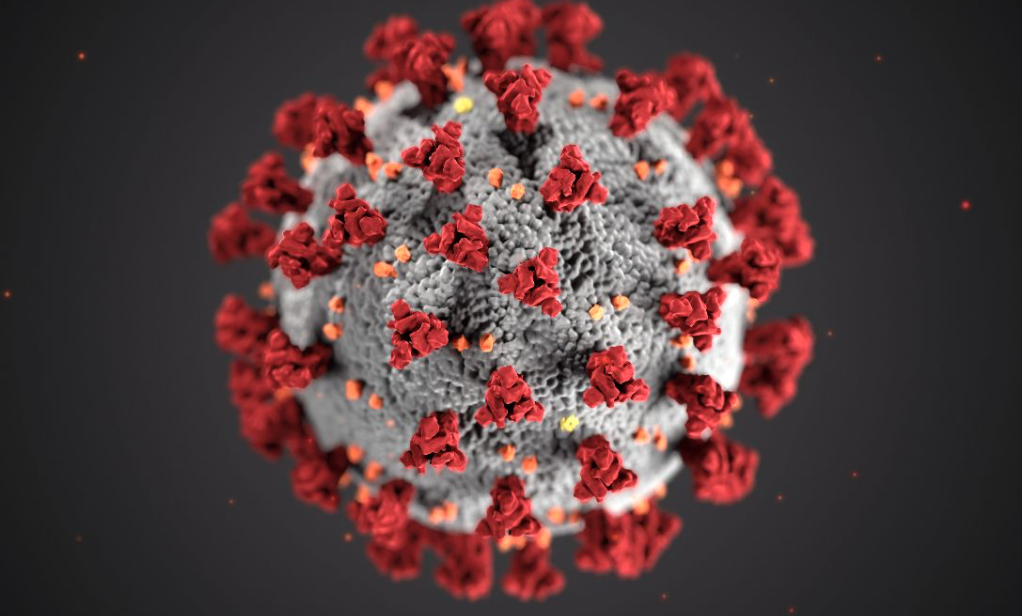 The governments of most of the world’s countries, as well as the World Health Organization (WHO) have given people advice on how to avoid infection by Covid-19. These measures include:
The governments of most of the world’s countries, as well as the World Health Organization (WHO) have given people advice on how to avoid infection by Covid-19. These measures include:
- Wear a mask over your mouth and nose when in public places
- Wash your hands frequently
- Maintain of distance of 6 feet (2 meters) from other people
- Sanitize surfaces such as doorknobs and kitchen counters with disinfectant
- Sanitize mail and packages delivered to you by postal workers or delivery people
All these measures are good, and you should practice them. They can provide some protection against some modes of virus transmission, but not others.
 According to a preprint article by Oxford’s Clinical Infectious Diseases journal, there are three main modes of virus transmission:
According to a preprint article by Oxford’s Clinical Infectious Diseases journal, there are three main modes of virus transmission:
- Fomites: A fomite is an object, such as a doorknob or toilet flush handle, that has been contaminated by an infectious agent. This is basically anything that you touch that has previously been touched by an infected person.
- Droplet transmission: When an infected person coughs or sneezes, they expel droplets of saliva that can contain active virus particles. If those droplets land on you, you could become infected.
- Airborne transmission: Singing, talking, or even just exhaling can propel micro-droplets into the air that can remain airborne far beyond the 6 feet separation guideline promoted by many world governments.
The guidance to wash hands can be effective at stopping transmission through handling a fomite. Sanitizing surfaces is also aimed to reducing transmission via fomite.
The guidance to wear a mask is designed to reduce droplet transmission. If an infected person is wearing a mask, the chance of being infected by that person’s cough or sneeze is much reduced. The guidance to maintain 6 feet of distance from others is also designed to reduce infection by droplet transmission. Droplets are relatively large and usually fall to the ground within a distance of six feet, due to the influence of gravity.
The mode of transmission that the guidelines do not address, is the spread of micro-droplets. These are so small that they can remain airborne for a long time, even hours, and can travel far more than six feet from where they were emitted. The precautions that have been drilled into us by governments and intergovernmental health organizations do not include measures to reduce or eliminate airborne transmission. The problem arises most acutely in enclosed spaces that have inadequate ventilation relative to the number of people in the space.
To deal with airborne transmission, there are several things that can be done.
- Provide sufficient ventilation, preferably with outdoor rather than recirculated air.
- Equip buildings with high efficiency air filters
- Pass air under germicidal ultraviolet lights
- Limit capacity in public transit vehicles and public buildings
Even the simple act of opening windows can increase air flow to the point where infectious airborne particles do not linger near any one person for long enough to infect them.
Currently there is a lot of pressure to reopen society to limit the economic damage caused by a lengthy lockdown. Already there is evidence that reopening too soon will cause many deaths that could perhaps have been prevented if government guidelines had considered airborne transmission sooner. Unless airborne transmission can be curtailed, Covid-19 will come roaring back, and any ground gained by the lockdown we have already endured will have been wasted.
BIO:
Allen G. Taylor is a 40-year veteran of the computer industry and the author of over 40 books, including Develop Microsoft HoloLens Apps Now, Get Fit with Apple Watch, Cruise for Free, SQL For Dummies, 9th Edition, Crystal Reports 2008 For Dummies, Database Development For Dummies, Access Power Programming with VBA, and SQL All-In-One For Dummies, Third Edition. He lectures internationally on astronomy, databases, innovation, and entrepreneurship. He also teaches database development and Crystal Reports through a leading online education provider. For the latest news on Allen’s activities, check out his blog at wwwallengtaylor.com or contact him at allen.taylor@ieee.org.